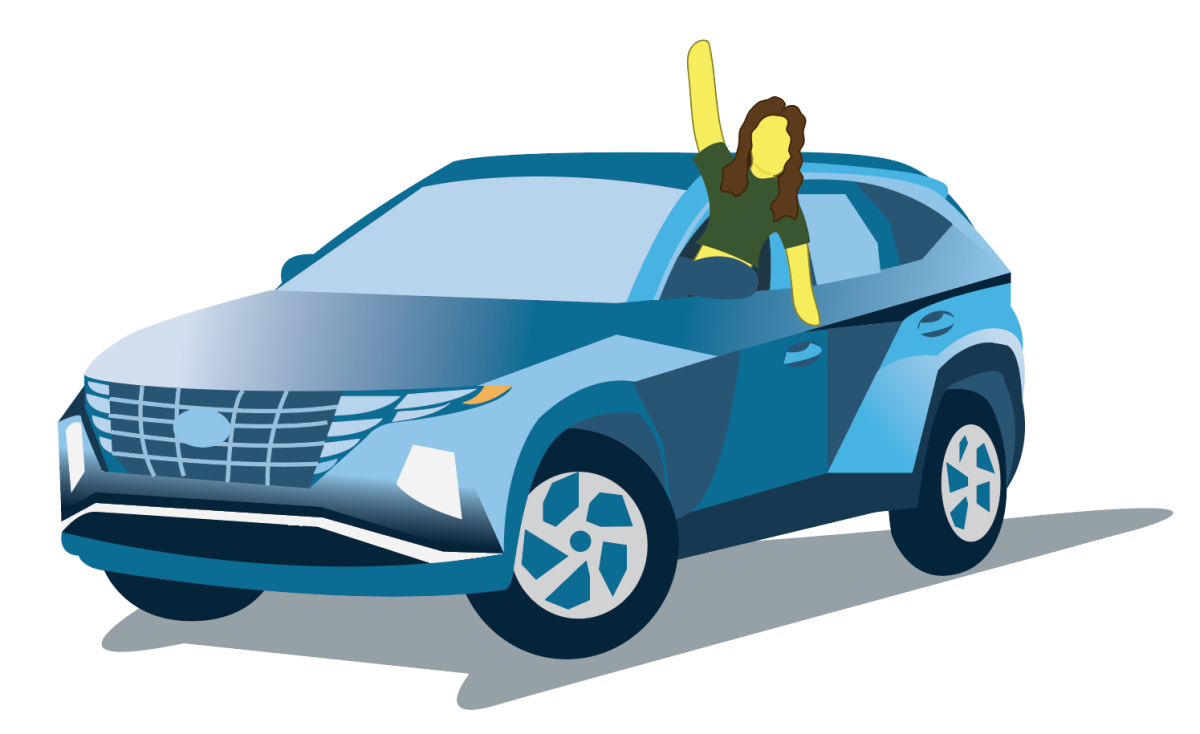Vintage clothing making a comeback
January 20, 2017

Clothing generates a first impression and with all the styles in the world to choose from it’s not hard to get the distinct style that says “you”.
There is no easy way to define vintage clothing. Our modern clothing styles could become the new vintage for the future and we wouldn’t know.
“It depends on how you define vintage,” physics teacher Cara Willig said “many people just like to romanticize vintage clothing or older clothing styles”.
Many large companies that are making vintage clothing use slave labor in countries without laws prohibiting it and buying these brands supports these companies to keep using forced labor.
“I ethically buy vintage clothing,” Willig said “I choose to buy second hand because it does not support slave labor and it isn’t going to support a corrupt company so it’s not as risky”.
Most vintage shops are clustered around both college towns and older neighborhoods, there are always the outliers though.
“There’s the high-end $400 Chanel from SoCo, then there’s the resale at things like the Buffalo Exchange,” Mrs. Willig said “but staple vintage would be Goodwill and the Salvation Army”.
Different styles appeal to different people and finding the perfect style is part of making who you want to be.
“I like vintage because when you buy a sweater covered in cats you can make up a story about a crazy cat lady that used to wear it” Willig said.
Typically vintage is a style that mimics a previous era’s style. Vintage would usually be described as being from around 20 years ago, anything before the 1920’s is considered antique.
“Its interesting many companies are trying to make clothes that look vintage,” Willig said “Goodwill after Macklemore made his thrift store song had people that wanted clothes with a second story to them and that’s the appeal for vintage clothes”.
People have plenty of places to choose from when it comes to obtaining vintage clothing.
“I shop at thrift stores and vintage shops,” freshman Riannon Cozette said.

Although most genuine vintage clothes are not for the general public, many shops sell imitations to choose from.
“I liked that at thrift shops I could choose the era of clothes I will be wearing,” Cozette said.
Environmentally wearing vintage clothing is recycling so by using second hand shops and thrift stores people can make the earth greener.
“There’s the 80’s, 90’s, and the 50’s, that are all considered vintage,” Cozette said “Vintage is a broad term, although I believe the 80’s to 90’s are more common”
Differences in genuine vintage clothing and modern clothing include seam type, care tags, and metal to plastic zippers.
“I enjoy the look of vintage clothes and being different even though it’s a style now,” Cozette said
Many people will have different views on what the cost of looking vintage is, for it could both be formal vintage and simplistic styled vintage.
“I don’t own any vintage clothes,” junior Ryan Mitchell said “I have no money to buy it”.
Being thrifty doesn’t necessarily mean you buy from thrift shops or retail stores.
“I think that things like Adidas and old band t-shirts count as being vintage,” Mitchell said.
A common theme for vintage clothes is the generations before yours style.
“Anything before the 2000’s is vintage to me,” Mitchell said.
Vintage clothing is a more prominent style in certain social groups than others, for example, in the artists.
“I see it happening a lot especially in the hipster communities,” Mitchell said “older styles are their own unique thing.






